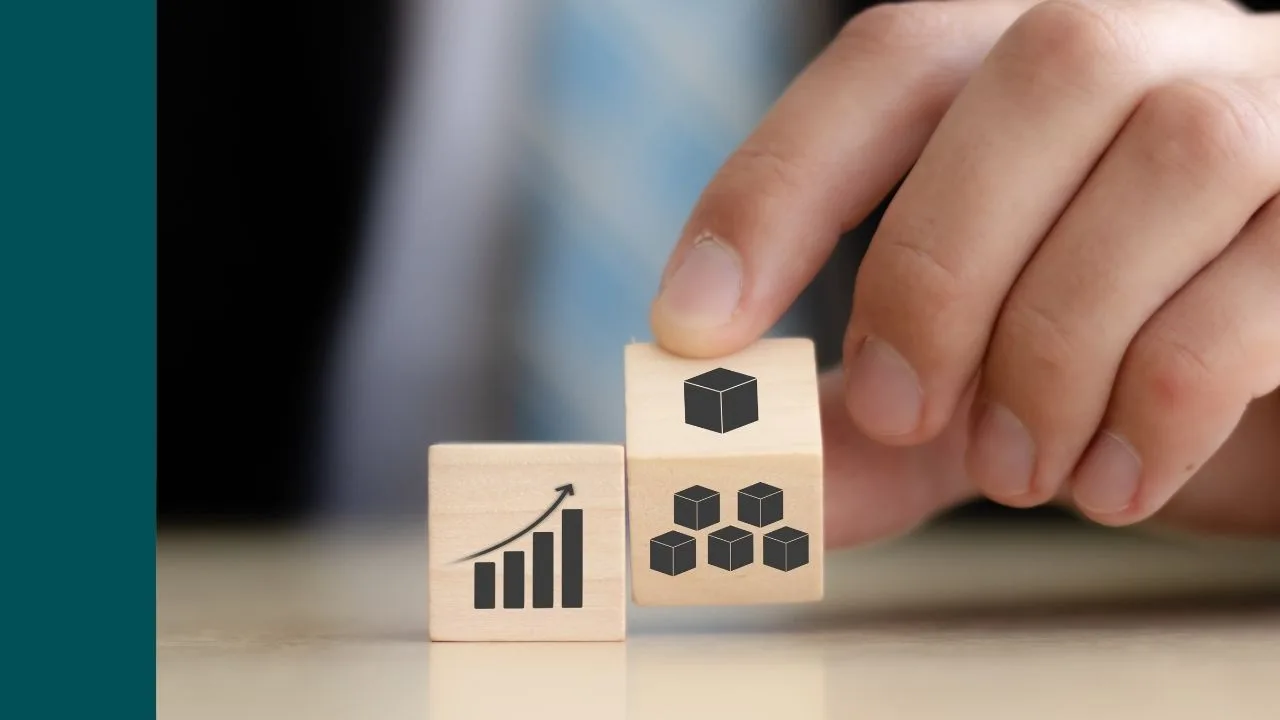Hold onto your hat because it seems the EML Payments Ltd (ASX: EML) share price was just strapped to a rocket. EML shares are up 17% today following positive results for its most recent half-year (HY21). Below, I’ll ask: what does this result mean for EML share investors longer term?
For the unanointed, EML specialises in issuing and managing prepaid stored value products, ranging from reloadable cards to traditional, single-store gift cards. It operates three key segments: Gifts & Incentives (G&I), General Purpose Reloadable (GPR), and Virtual Account Numbers (VANs).
A lot of key metrics, on the up
One of EML’s key drivers of performance is Gross Debit Volume (GDV). Stay with me here, I know this is the fourth acronym in my article already. GDV is the debit payment volume processed by the company, and it acts as an indicator of demand for EML’s payment services during the period. The 54% surge in GDV over the prior corresponding period, to $10.2 billion, shows strong demand for EML’s payment services.
The GPR segment was the star performer during the period, contributing $4.87 billion to GDV, a boost of 233%. This was a result of significant organic growth from Salary Packaging (60%) and Gaming (42%). In EML’s VAN segment, its GDV rose by 6% to $4.59 billion. And in the G&I segment, GDV fell 11% to $0.75 billion due to strict lockdown restrictions in key European and Canadian markets in the weeks prior to the seasonal retail peak of December.
The higher GDV translated to strong growth in revenue, jumping up 61% over the PCP to $95.3 million. The GPR vertical generated 57% of the total revenue, as it grew by a mammoth 314% to $54.4 million, offsetting the 13% decline in G&I revenue. G&I revenue made up 37% of EML’s revenue.
Investors should bear in mind that the Prepaid Financial Services (PFS) acquisition contributed $38 million in revenue for the GPR segment. EML’s solid revenue performance flowed down to an improved EBITDA of $28.1 million, representing a 42% increase on the PCP.
Revenue up, but how about EML’s margins?
Despite the higher revenue, EML’s gross profit margin actually reduced by 5%, to 71%. The company said this was due to the segment mix shifting towards GPR, resulting in higher outsourced processing costs and costs using the Faster Payments network in the UK. However, EML advises that once the Faster Payments integration is completed, and other outsourced processing costs are cut, it will lift margins by around 5%.
Whilst the GPR vertical dragged down margins, the G&I segment generated a gross profit margin of 82%, an increase from 80% in the PCP.
Management remains focused
There is no rest for the wicked. EML continues to sign new contracts with customers. Most recently, EML launched a GPR payout card for Paddy Power in Europe and the migration of cards from a competitor.
Further, EML announced a pilot project with the NSW Department of Transport for their digital Opal card trial.
My view on EML
EML’s ability to record stronger revenue growth despite the challenging headwinds brought on by COVID-19 is a testament to its strategic shift towards the GPR vertical.
The GPR segment supports customers in multiple industries such as digital banking, government and payroll programs, which offers EML a resilient source of income in tough macroeconomic conditions.
There is a lot to like about EML but investors should be wary of the fact that it is currently unprofitable due to the payment for the PFS acquisition. With COVID-19 vaccines rolling out across the globe and malls re-opening, the outlook for EML’s G&I segment looks encouraging.
I think EML has managed to ride out the COVID-19 storm quite well and there appear to be opportunities for further growth down the track.
If you are interested in other ASX growth share ideas, I suggest getting a free Rask account and accessing our full stock reports. Click this link to join for free and access our analyst reports.









